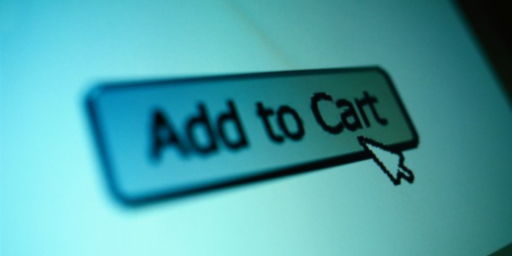REBATES
Slate features The Great Rebate Scam, the vast growth in the number of complicated rebate programs used to lure consumers:
When a manufacturer offers a rebate, you needn’t be too suspicious. The manufacturer wants to lower the price temporarily (to move an old product or combat a competitor’s new low price), but doesn’t have faith that the retailer will pass on the savings. But if it’s a retail store that is offering the rebate, ask yourself a simple question: Why isn’t it just on sale? The store doesn’t have any good reason to offer a rebate, since it could just as easily have a sale—if it in fact wanted you to have the product at a lower price. It doesn’t, and that’s the point. When you see that a store is offering you a rebate, remember that back at HQ some executive is betting against you, rooting for you to slip up, calculating the odds that you will lose the receipt, go on vacation, write in a wrong number.
A store offering a rebate must pay a fulfillment center anywhere from 40 cents to $1.75 to process each claimed rebate. When you figure in that extra cost and hassle for the store—not to mention the shopper’s inconvenience and irritation—how can rebates be worth it? Economically, they make sense only if stores can count on not actually giving the rebate to a large portion of consumers. “They can get all the benefits of advertising a lower price without necessarily having to deliver on that price to everybody,” explains David Aron, assistant professor of marketing at DePaul University.
I’ve always found these things annoying. Not only do they require me to go on a scavenger hunt to collect all the required documentation, but I have to fill out some idiotic tiny form by hand, address an envelope, and send all my original documents off to the rebate center. And then wait 8-10 weeks. And the beauty part?
All of this hoop-jumping fuss—the paperwork, the postmarking, the sales slips—is quite unnecessary, says Leonard. Fulfillment centers can now do it all online—whether or not the purchase was online, with a credit card, or with cash. They don’t need the UPCs or the old phones or any such nonsense. The sales receipt could contain a unique code number that the consumer could enter into a Web site. Think of that the next time you are dissecting a box to get a lousy UPC code.
Heh.





